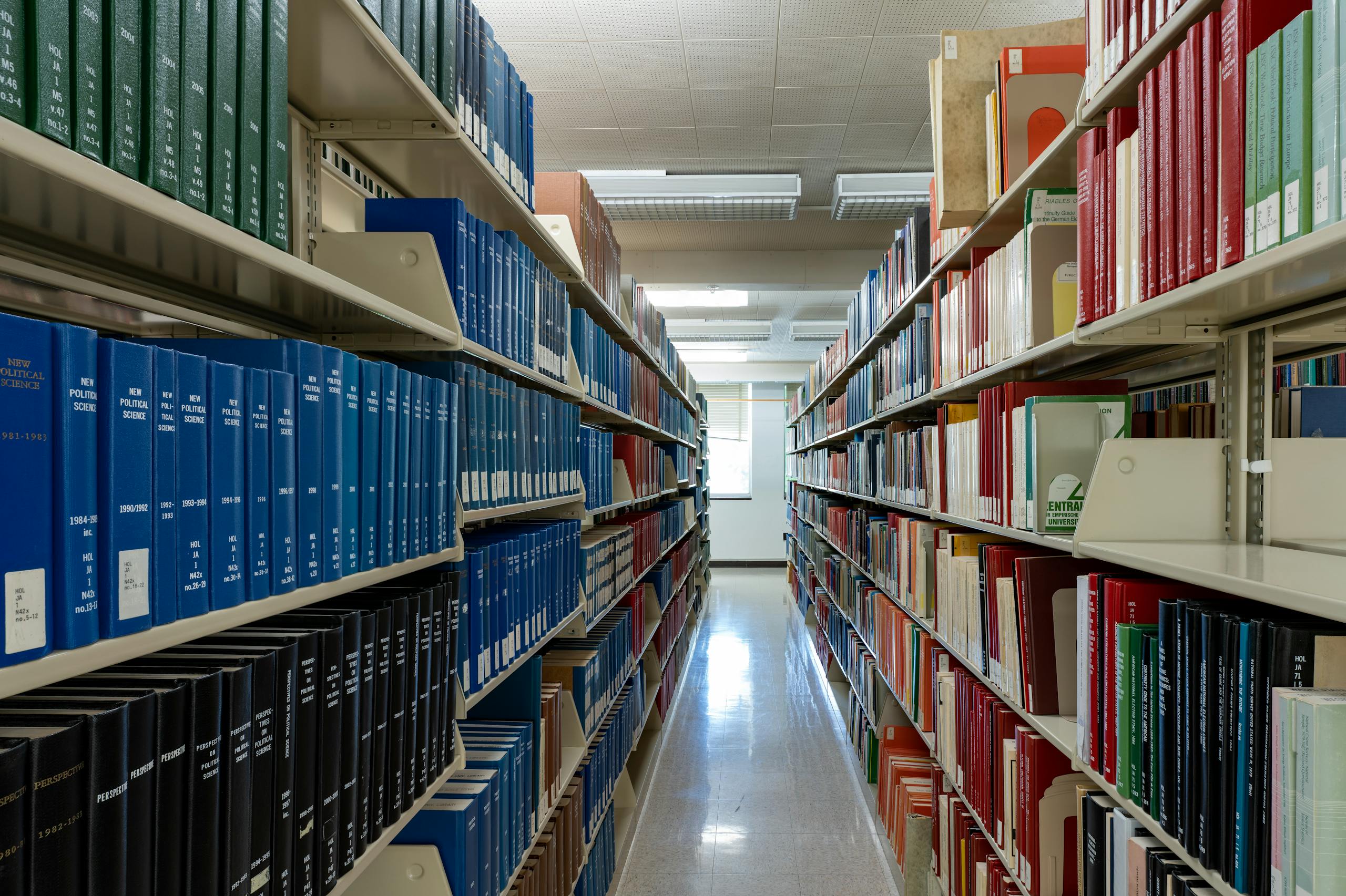Is Education in America the Best? Surprising Facts You Need to Know 🇺🇸📚
The United States is often seen as a global leader in many fields—technology, innovation, entertainment—but what about education? Is education in America really the best in the world? The short answer: it’s complicated. While many people dream of studying in the U.S. due to its prestigious universities like Harvard, MIT, and Stanford, there’s more to the story. The American education system is a mix of excellence and inequality, innovation and outdated practices. It has produced some of the world’s top thinkers, CEOs, and scientists, but it also faces significant challenges like student debt, inconsistent public school quality, and standardized testing fatigue.
In this article, we’ll uncover surprising facts you probably didn’t know about American education. From its global rankings and high costs to its academic freedom and diversity, you’ll get a well-rounded view of what makes the U.S. system both admired and criticized. Whether you’re considering studying in the U.S., comparing systems globally, or simply curious, this blog will give you everything you need to know—with links to helpful resources along the way.
Ready to dive deep into the facts? Let’s go! 🇺🇸📚
1. The U.S. Dominates in Higher Education Rankings
It’s no secret: American universities often top global rankings. According to the QS World University Rankings, the U.S. is home to more than half of the top 20 universities globally. Schools like MIT, Stanford, Harvard, and Caltech consistently lead the charts.
This reputation makes the U.S. a top destination for international students. In fact, over 1 million international students choose the U.S. every year to pursue higher education, as per Open Doors Data.
2. But Public School Quality Varies Widely
While American universities shine, the same cannot always be said for public K-12 schools. The quality of education can vary dramatically from one district to another, often depending on funding, which is tied to local property taxes.
In wealthier areas, schools may offer excellent facilities, small class sizes, and a wide range of extracurriculars. In contrast, underfunded districts may struggle with overcrowded classrooms, outdated materials, and low test scores. According to the National Center for Education Statistics, this inequality remains a critical issue.
3. The U.S. Spends a Lot on Education—but Not Always Wisely
One of the surprising facts is that the U.S. spends more per student on education than many other developed countries. According to OECD data, U.S. education spending per student exceeds $13,000 annually.
However, higher spending doesn’t always mean better outcomes. Despite the investment, American students rank around the middle of the pack in reading, math, and science scores in the global PISA test.
4. Flexibility and Innovation Are Strong Points
One area where American education excels is flexibility. Students can choose from a wide range of subjects, customize their college degrees, and even switch majors without penalty. This freedom supports creativity and exploration.
Additionally, U.S. schools are often quick to adopt new technologies, learning models, and teaching methods. From flipped classrooms to online learning platforms like Khan Academy and Coursera, innovation is embedded in the culture.
5. Student Debt Is a National Crisis
While college in the U.S. offers world-class education, it often comes with a hefty price tag. As of 2025, Americans owe over $1.7 trillion in student loan debt. That’s more than credit card or auto loan debt.
Many students graduate with tens of thousands of dollars in debt, which can affect career choices, home ownership, and financial stability. This debt burden is a major downside of the U.S. system compared to countries where education is free or heavily subsidized.
6. International Comparisons: Is It Really the Best?
Countries like Finland, Singapore, and South Korea often outperform the U.S. in K-12 education. Finland, for example, is known for its student-centered approach, shorter school days, and nearly no standardized tests.
According to the World Economic Forum, these countries achieve better academic outcomes with less stress on students. This challenges the perception that America has the best system overall.
7. Cultural and Extracurricular Opportunities Are Unmatched
Despite its flaws, one major advantage of studying in the U.S. is the vibrant campus life. American schools offer clubs, sports, arts programs, and study abroad opportunities that enrich the student experience.
This holistic approach is why many graduates feel well-prepared for the real world—not just academically, but socially and emotionally as well.
8. Diversity and Inclusion in the Classroom
The U.S. is one of the most culturally diverse countries in the world, and that’s reflected in its classrooms. Students from all backgrounds, religions, and identities attend American schools, creating an environment of mutual learning.
Many universities also offer support services for international students, including ESL programs, visa assistance, and career support, making it easier to adapt and thrive.
Conclusion
So, is education in America the best? The answer depends on what you value most. If you’re looking for academic freedom, innovation, and world-class universities, the U.S. excels. But if affordability, equality, and early childhood education are your priorities, other countries may outperform the U.S. system.
Ultimately, American education is a complex mix of strengths and weaknesses. It’s not perfect, but it offers opportunities like nowhere else. The key is understanding the trade-offs and making informed decisions.
✨ Want More Global Education Insights?
Join our community for more deep dives into education, self-development, and international trends!
👉 Join our WhatsApp community
👉 Follow our WhatsApp Channel for language learning
👉 Check out our TikTok tips


